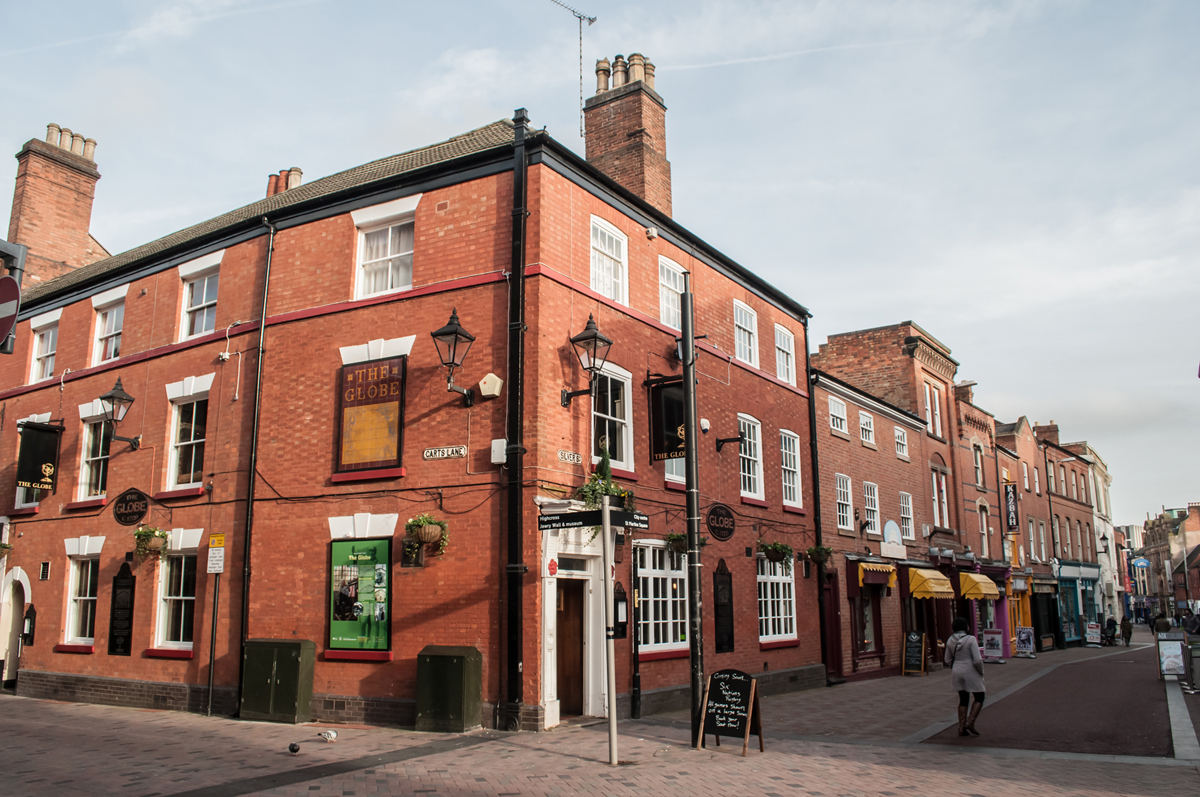Distribution and Warehouses
In the earliest days of the knitting industry, knitted clothes were expensive and worn mainly by royalty and the aristocracy. Gradually this changed as worsted and cotton yarns brought more affordable knitted clothing to the wider population.
In common with other expanding industries, manufacturers developed distribution networks to supply their wares to towns and cities across the country. Hosiers gathered finished goods together and travelled the country to find buyers. With a train of packhorses, the journey would often continue until the goods were all sold. Hosiers also employed salesmen to market goods for them.
Regional markets opened up during the eighteenth century, but London still operated as the country's main commercial centre. To ensure that East Midlands sales continued to grow, strong links were built up between East Midland hosiers and London merchants. Frequently sons of hosiers would be apprenticed to merchants to strengthen the links.
Wood Street Textile Market
Knitted products were bought and sold in an area of the City of London centred on Wood Street. Hosiers from the East Midlands brought stock to coaching inns located there and used them as a London base. William Iliffe II, an early eighteenth century hosier from Hinckley, kept his stock at the Cross Keys Inn on Wood Street.
By the 1770s the larger, more successful hosiers had developed new relationships with the inns and constructed their own storage facilities in the inn yards. Some partnerships eventually acquired their own warehouses. John Morley of I & R Morley, Nottingham, moved to London and built a warehouse to sell the firm's goods. The success of Morley's warehouse enabled the company to become an important wholesaler in the nineteenth century.

The Globe Inn, Silver Street, Leicester, in 2016. Stockingers gathered in the Globe Inn each Saturday to sell their goods. Nathaniel Corah bought his supplies here and sold them in Birmingham.
George Brettle & Co of Belper
George Brettle & Co became the biggest firm of London wholesalers by about 1830. It opened its warehouse in London on Cateaton Street around 1801. Previously, the company had sold its goods through other hosiers, but with its own warehouse was able to sell directly to retailers. The impact of the warehouse on the company was reflected in the company's yarn purchases. Between 1800 and 1802 its yarn supply from Strutts doubled. By 1802 the company had written to other local hosiers and offered to act as a middleman and sell their hose in London.
Brettle's records provide little guidance on the firm's spectacular success, but it was probably to do with easy access to capital (Southwell Bank had a Brettle partner) and early connections with the fast-growing cut-price drapers of London.
Corah
In contrast with Morleys and Brettles, Nathaniel Corah focused his wholesale activities on Birmingham rather than London. After the failure of an earlier knitting business venture in Leicestershire, Corah found a job in a Birmingham gun factory. There he noticed that Birmingham's economy was expanding and that opportunities existed to sell knitted goods to its people. In 1815 Corah returned to Leicester and bought a house on St Nicholas Street. On a Saturday morning, Corah would go to the Globe Inn in Silver Street, Leicester where stockingers met to sell their goods. While he bought stock at the inn, his wife would also buy stock taken to their house. The goods were then taken by wagon to the Rose Inn, Edgbaston Street, Birmingham where Corah rented a stock room. Corah would then remain at the Rose Inn until the goods were sold.